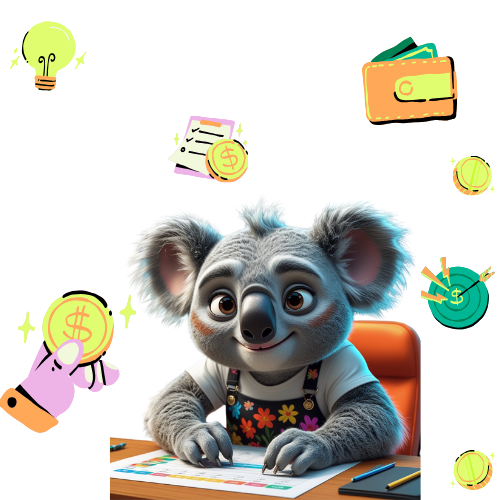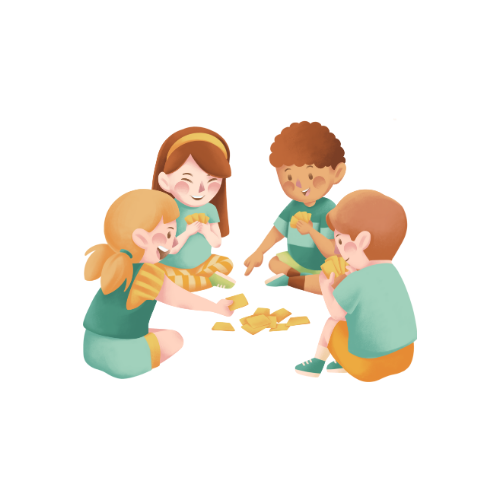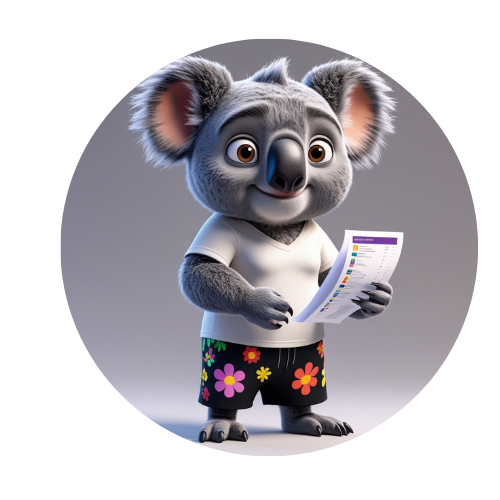💰 Fun Money Games
for Young Learners
Fun money games are a great way to introduce young children to basic financial concepts like identifying coins, understanding value, making choices, and even starting to save—all through play.

At this stage in life, kids are naturally curious, full of imagination, and ready to explore the world around them—including the exciting world of money!
Fun money games are a great way to introduce young children to basic financial concepts like identifying coins, understanding value, making choices, and even starting to save—all through play.
When children are engaged and having fun, learning happens without them even realising it!

🎲 Why Play-Based Learning Works
Children aged 5 to 7 learn best through hands-on experiences and imaginative play. Incorporating money into their playtime not only builds essential early financial skills, it also encourages problem-solving, decision-making, and basic numeracy.
These games are perfect for parents, teachers, or carers to use at home or in the classroom—and they’re all designed with Aussie kids in mind.
🦘 Top Money Games for Money Explorers
🪙 1. Coin Match-Up
What You Need:
Australian coins (real or printed pictures), cardboard or coin templates with labels.
How to Play:
Lay out all the coins and help your child match each coin to its correct label—5c, 10c, 20c, 50c, $1, and $2. Talk about the different animals and features on Aussie coins to make it extra interesting!
What They Learn:
- Recognising coins by size, shape, and value.
- Early counting skills.
- National symbols on Australian money.
🛍 2. Mini Shopkeeper
What You Need:
Play money or printed notes and coins, toys or snacks with price tags, paper bags, calculator (optional)
How to Play:
Set up a pretend shop at home! Your child can be the shopkeeper or the shopper. Use small toys or household items with price tags (e.g., Banana = $1, Toy Car = $2). Take turns buying and selling, counting out money and giving change (simple amounts).
What They Learn:
- Money handling skills
- Understanding prices and simple transactions
- Taking turns and social interaction
🏦 3. Piggy Bank Challenge
What You Need:
A piggy bank or jar, coins, and a savings goal picture (like an ice cream or small toy)
How to Play:
Set a small savings goal with your child. Each day or week, let them add a coin or two to their piggy bank. Colour in a progress chart as they get closer to the goal.
What They Learn:
- Delayed gratification
- Basic saving habits
- Counting and goal setting
🎨 4. Money Craft Time
What You Need:
Scissors, glue, cardboard, coloured pencils, printed money templates.
How to Play:
Create your own Aussie dollars! Let kids colour and cut out pretend coins and notes. You can even make a wallet or coin purse to store them in.
What They Learn:
- Familiarity with Australian money.
- Creativity and fine motor skills.
- Confidence with handling “money”.
🧁 5. Snack Shop Counting Game
What You Need:
Healthy snacks (or pictures of snacks), price tags, coins.
How to Play:
Price snacks like popcorn ($1), fruit ($2), or crackers (50c). Give your child a set amount of coins and let them “buy” their snacks. Help them decide what they can afford—and what they might need to save for next time!
What They Learn:
- Making money choices.
- Basic addition and subtraction.
- Budgeting in real-time.
🔄 Rotate the Games for Continuous Learning
Try changing the themes to suit your child’s interests:
- Dinosaur Shop
- Fairy Coin Hunt
- Supermarket Sweep
- Toy Garage Sale
These themed versions keep things fresh and spark imagination while reinforcing money skills.

🧠 Parent & Educator Tips
- Keep sessions short and high-energy—5 to 15 minutes is perfect for this age group.
- Celebrate small wins! Stickers, praise, or a high five goes a long way in reinforcing positive money habits.
- Use real-life experiences—like giving them a few coins for a school canteen treat or letting them pay at the checkout with your help.
📥 Bonus Printable Resources
✅ DIY Play Money Set (Aussie-style)
Encourage your child to return to their favourite game often, and you’ll see their money confidence grow with every play session!

🚀 What's Next?
Once your child is confident identifying coins and making small choices, they’ll be ready for the next stage of financial learning:
👉 Ages 8–10: Money Adventurers – Earning and Saving.
Let the journey continue!


